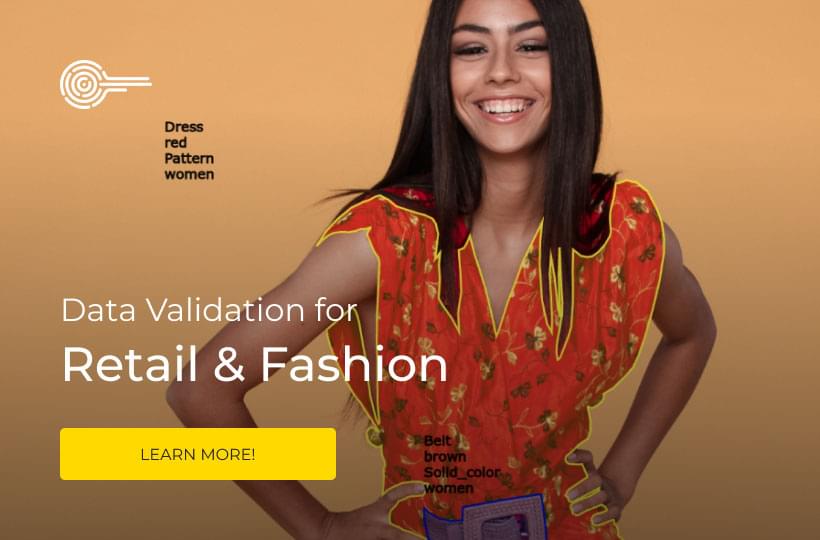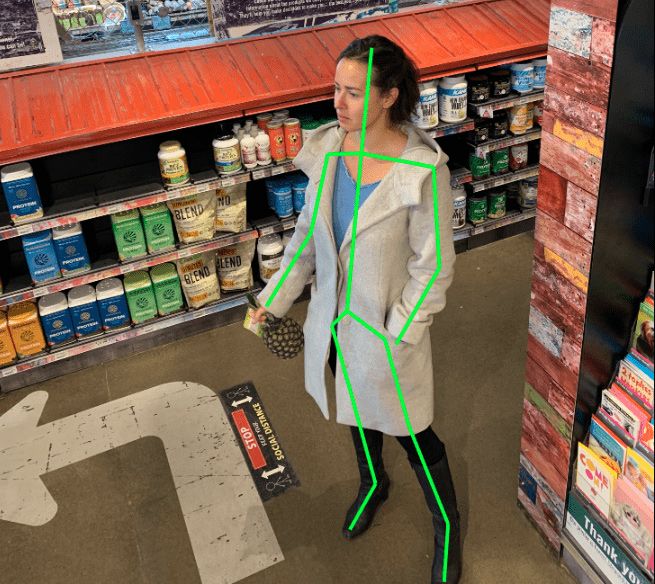Improving Retail AI Systems With Video Annotation

Supermarkets are embracing computer vision as a way of reducing costs and improving the customer experience. AI powered cameras can prevent theft, analyse in-store traffic and even identify how customers are feeling. However, busy retail settings are dynamic environments full of complex movement and interactions.
If AI models are to function optimally they need to be trained with annotated video data. Video data is created by human annotators, who add information to every frame of footage. This information allows AI models to identify objects and movements in the real world. Data annotation services, like Keymakr, can streamline video labeling with innovative tools and in-house teams.
Firstly, this blog will look at why video annotation is important for retail AI and how it can be a challenge. Secondly, we will identify some important use cases for AI in the retail space. Thirdly, we will pick out some essential annotation techniques. And finally, we will show how video annotation providers can help.
Video annotation and retail AI
Video annotation makes video footage recognisable for computer vision models. To create video training data human annotators label and segment video footage frame by frame. This process is extremely time consuming and labour intensive.
Even a short piece of video can contain thousands of separate frames. However, annotated video data is important because it allows retail computer vision models to operate with moving images.

Essential retail data use cases
Annotated video training data helps AI systems to interpret movement. This means that they can work well in busy retail environments. This in turn enables some important use cases:
- Sentiment analysis: AI models can be used to measure the impact of displays and offers in stores. AI equipped cameras can track the motion of shoppers and interpret their reaction to products based on body movements and facial expressions. This allows stores more insight into what products and deals appeal to shoppers.
- Monitoring in-store traffic: AI can also help to improve store layouts by tracking customer movements. Computer vision models can capture rates of pass-by traffic and measure product engagement. This can help store managers to place promotions in frequently passed spots.
- Loss prevention: Video annotation helps AI models to prevent theft at self-checkouts. Through object recognition AI models can see what item is being scanned and alert security staff when the wrong item type is being input.
Video annotation techniques
The use cases detailed above depend on accurate video annotation. The following annotation techniques ensure that video data captures the level of detail necessary to train AI models:
- Skeletal: Skeletal annotation helps models to understand the movement of the human body. To do this technique annotators add lines to human bodies in video frames. These lines create a simplified shape that is discernible by AI models.
- Points: Point annotation is when single points are used to pinpoint important features. Most commonly this is used for facial recognition AI models. Points are used to construct an image of the human face that AI models can recognise.

Expert video annotation providers
Video annotation can be a drain on resources and attention. That is why many AI companies choose to outsource video annotation to experienced professionals. Keymakr have designed an annotation tool that streamlines video labeling.
Multiple annotators can work on one piece of footage simultaneously. And then these annotations can be seamlessly merged. Keymakr also offers developers a dedicated in-house team of skilled annotators, led by experienced managers. This makes troubleshooting much easier than when working with crowdsourced workforces.
Contact a team member to book your personalized demo today.



